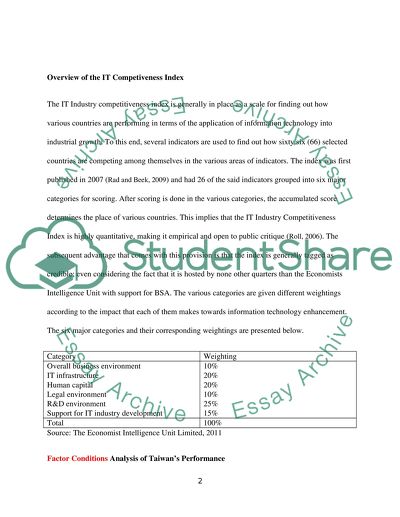Cite this document
(Cross-Border Acquisitions and Firm Value Case Study, n.d.)
Cross-Border Acquisitions and Firm Value Case Study. Retrieved from https://studentshare.org/macro-microeconomics/1471968-the-economist-intelligence-unit-eiu-rated-taiwan
Cross-Border Acquisitions and Firm Value Case Study. Retrieved from https://studentshare.org/macro-microeconomics/1471968-the-economist-intelligence-unit-eiu-rated-taiwan
(Cross-Border Acquisitions and Firm Value Case Study)
Cross-Border Acquisitions and Firm Value Case Study. https://studentshare.org/macro-microeconomics/1471968-the-economist-intelligence-unit-eiu-rated-taiwan.
Cross-Border Acquisitions and Firm Value Case Study. https://studentshare.org/macro-microeconomics/1471968-the-economist-intelligence-unit-eiu-rated-taiwan.
“Cross-Border Acquisitions and Firm Value Case Study”, n.d. https://studentshare.org/macro-microeconomics/1471968-the-economist-intelligence-unit-eiu-rated-taiwan.


